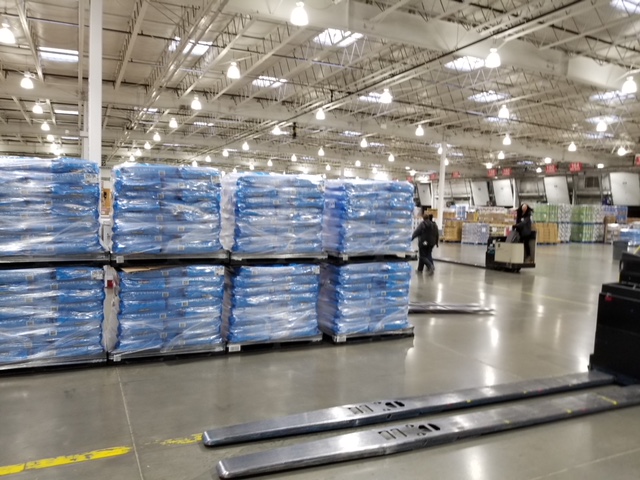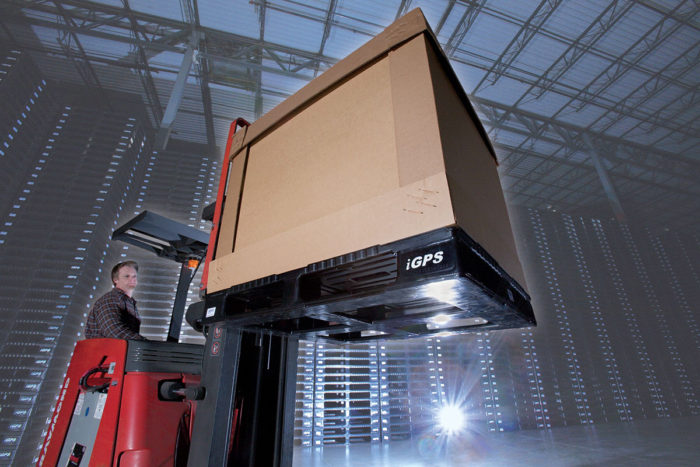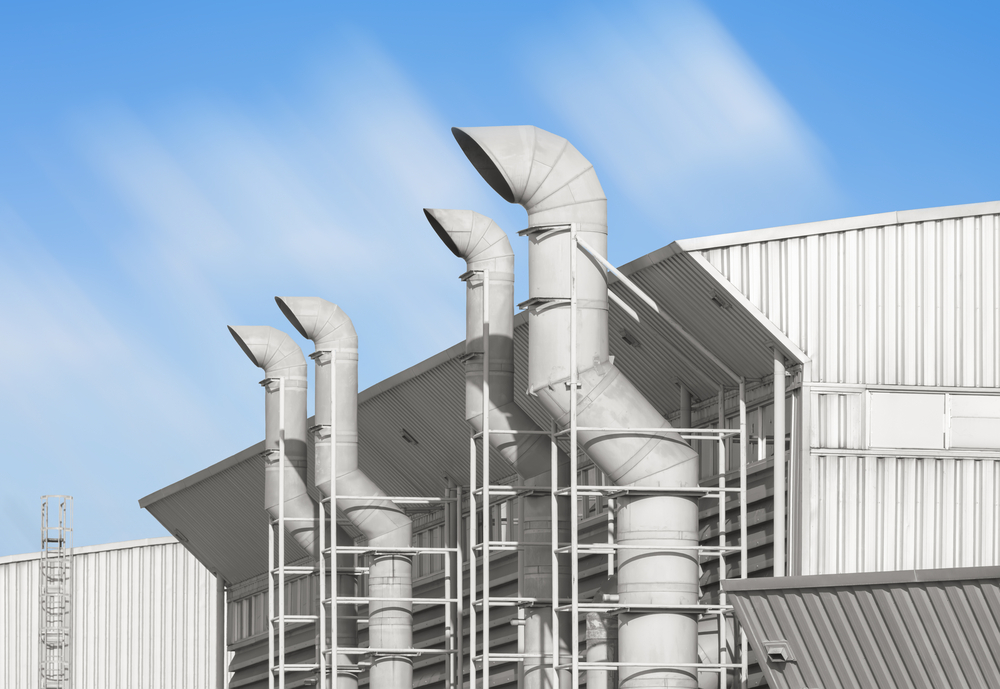As businesses introduce sustainable practices across their supply chains, operations managers have located a key pain point: carbon emission reductions. Logistics operations—including warehousing—contribute significantly to a business’s carbon footprint that can negatively impact both the brand and the bottom line. While warehouse carbon emissions are not as high as those generated by freight transportation, warehousing facilities offer cost-effective opportunities to build greener supply chains that can significantly reduce a business’s overall carbon footprint.
Ways to Reduce Warehouse Carbon Emissions
 Warehouses offer two key areas for carbon emission reductions: energy consumption and floor space utilization. By concentrating on efficiency upgrades in these areas, logistics managers can lower a company’s carbon footprint and operating costs. The following strategies describe upgrades managers can implement to lower carbon emissions from their warehouses.
Warehouses offer two key areas for carbon emission reductions: energy consumption and floor space utilization. By concentrating on efficiency upgrades in these areas, logistics managers can lower a company’s carbon footprint and operating costs. The following strategies describe upgrades managers can implement to lower carbon emissions from their warehouses.
Smart Lighting
While sufficient warehouse lighting is necessary, the entire premises (including unused areas) do not need to be illuminated at all times. Likewise, inefficient lighting technologies, such as high-pressure sodium lamps and metal halides, offer opportunities for sustainable upgrades. Warehouses can reduce energy usage by implementing an energy optimization plan that includes smart lighting strategies like LED retrofits, motion sensors for remote lighting controls, and on-site solar energy generation.
Proper Insulation
To ensure perishable products stay fresh, operations managers must maintain the correct warehouse temperature. Uninsulated windows, doors, walls, and other access points to the outer environment require HVAC equipment to work harder and consume more energy to meet temperature requirements. To achieve proper insulation, operations managers can choose suitable materials such as fiberglass, spray foam, vinyl, or radiant barriers. These material upgrades improve HVAC functioning and lead to effective energy management across the warehouse.
Optimal Space Usage
When considering expanding or relocating to a larger facility, operations managers should first examine their current warehouse for opportunities to optimize its floor space. An optimized warehouse can effectively lower energy consumption and carbon emissions. To maximize warehouse space efficiency, operations managers can leverage vertical space through high-density deep lane storage. Additionally, warehouse optimizations could include an Automatic Storage and Retrieval System (ASRS) and automated guided vehicles (AGVs). Automated systems like these require less space to operate and are less dependent on human labor. Their implementation can reduce labor costs and increase warehouse profitability.
When considering new ways to lower warehouse carbon emissions, logistics managers often overlook their shipping platforms. Widely used wood block pallets can contain loose boards, protruding nails, and stray splinters that require repairs after only 3-4 trips across the supply chain. Once a wood block pallet’s limited lifespan is exhausted, the next wood pallet continues the negative cycle of deforestation and increased supply chain carbon emissions.
Managers have found a more effective and environmentally-friendly alternative to wood pallets by switching to recyclable plastic pallets.
How Pooled Plastic Pallets Help Lower Warehouse Carbon Emissions
 The durable unibody construction of plastic pallets offers reusability of up to 100 trips across the supply chain. As plastic pallets are up to 35 percent lighter than wood block pallets, they also save on fuel and emissions during transport. Finally, when the time comes, plastic pallets can be sustainably recycled into “new” pallets.
The durable unibody construction of plastic pallets offers reusability of up to 100 trips across the supply chain. As plastic pallets are up to 35 percent lighter than wood block pallets, they also save on fuel and emissions during transport. Finally, when the time comes, plastic pallets can be sustainably recycled into “new” pallets.
Plastic pallets are an ideal fit for pooling as they require less maintenance and repair than wood pallets. By renting pooled plastic pallets from a third-party provider, warehouses can optimize valuable storage space without worrying about in-house pallet storage, maintenance, and repair. The service provider is responsible for reverse logistics in the supply chain to recover the pallets for reuse among participating manufacturers, retailers, and distributors. This further lowers warehouse carbon emissions while offering substantial savings through total cost of business (TCOB) reductions.
Lowering carbon emissions across the supply chain by adopting green warehouse practices requires consistent, long term efforts. Plastic pallets offer a comparatively easy and effective way to reduce the environmental impact of warehouse operations immediately.
To learn more about how iGPS pallets can lower your warehouse carbon emissions, give our team a call at 1-800-884-0225, email a specialist at switch@igps.net, or visit our contact page



